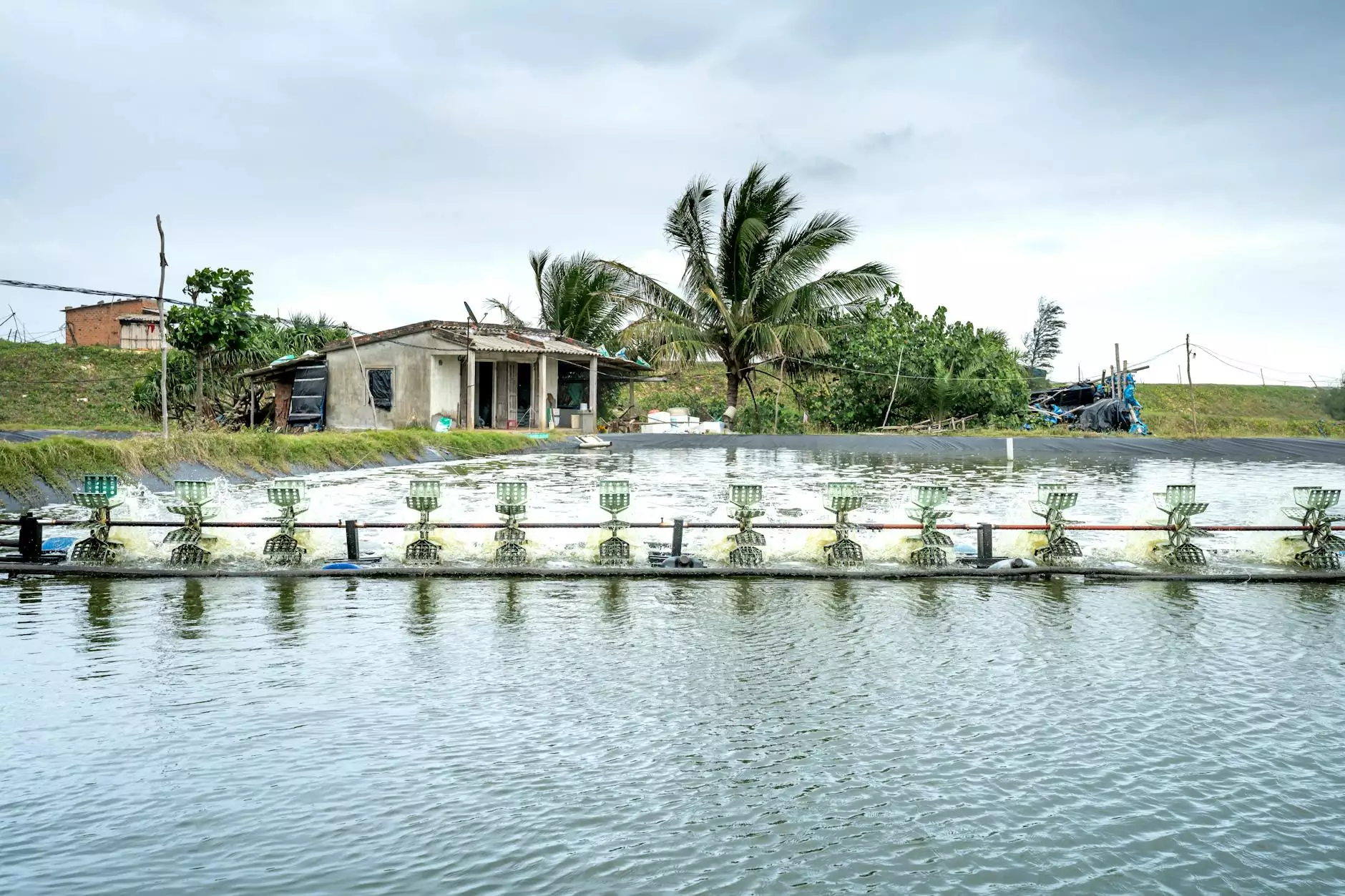The Power of Hydropower: What You Need to Know

Hydropower, also known as hydroelectric power, is a renewable energy source that harnesses the power of water to generate electricity. It is one of the oldest and most widely used sources of renewable energy in the world.
How Does Hydropower Work?
Hydropower works by converting the energy of flowing water into electricity. This process typically involves building a dam on a river to create a reservoir of water. When water is released from the reservoir, it flows through turbines, which are connected to generators that produce electricity.
The Benefits of Hydropower
One of the key benefits of hydropower is that it is a clean and renewable source of energy. Unlike fossil fuels, water is a naturally occurring resource that is abundant in many parts of the world. Hydropower also produces minimal greenhouse gas emissions, making it an environmentally friendly option for generating electricity.
Hydropower and Sustainability
Hydropower plays a critical role in promoting sustainability and reducing reliance on non-renewable energy sources. By harnessing the power of water, countries can reduce their carbon footprint and move towards a more sustainable energy future.
Hydropower: A Reliable Energy Source
One of the reasons hydropower is favored by many countries is its reliability. Unlike solar or wind power, which are dependent on weather conditions, hydropower can provide a consistent and stable source of electricity. This makes it an attractive option for meeting the energy needs of communities and industries.
Conclusion
In conclusion, hydropower is a valuable renewable energy source that offers numerous benefits, including sustainability, reliability, and environmental friendliness. As we continue to explore ways to reduce our reliance on fossil fuels, hydropower will play a crucial role in shaping the future of energy production.
References:
- Our Power Hydropower Page
- U.S. Department of Energy - Hydropower



